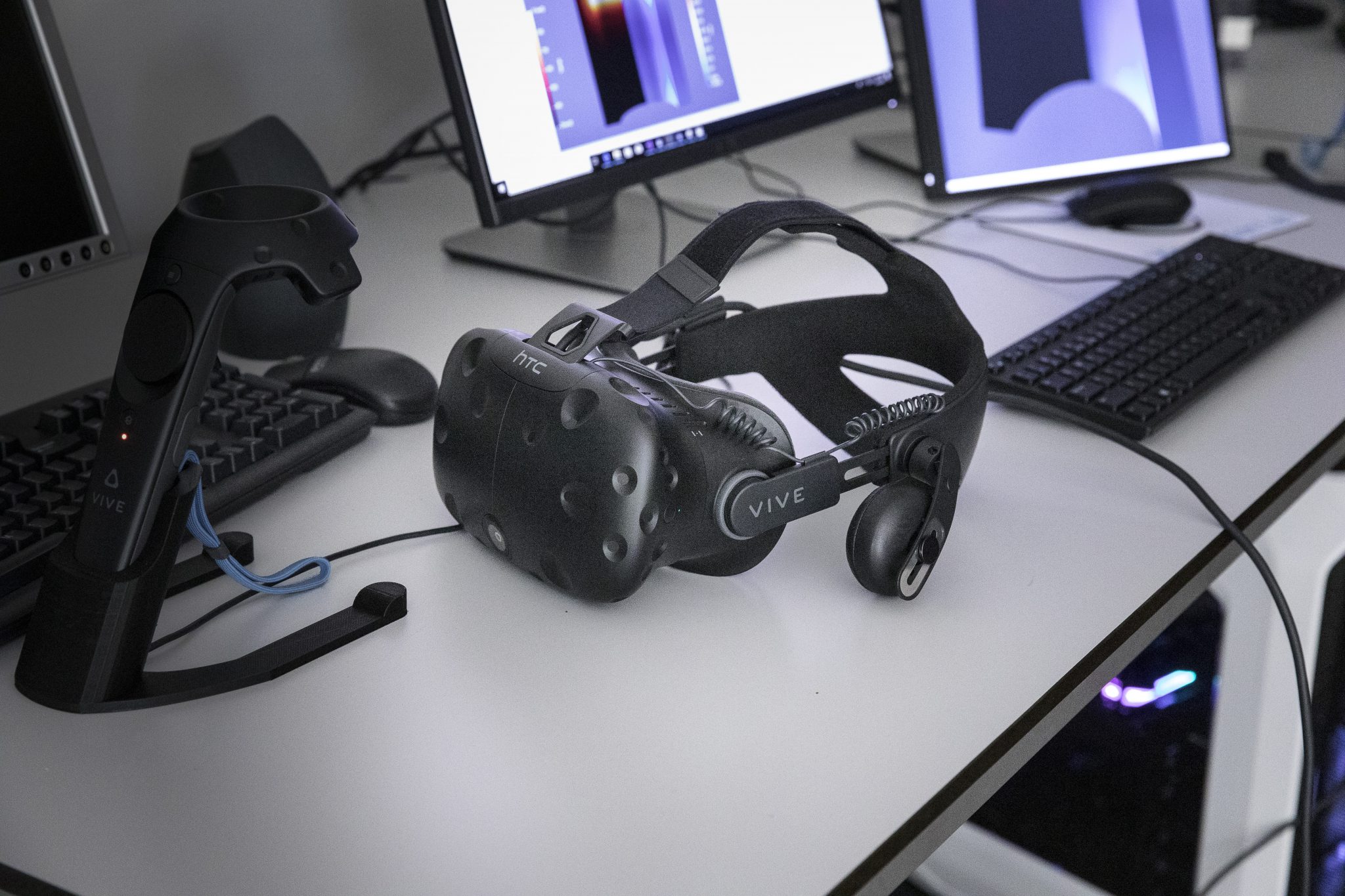
Time Savers: technology and time
To tech or not to tech - some things to consider
Please note that what you will not find within this category is a list of technological tools. The usefulness of tools depends not only on how time-consuming they are to use or master, but also on specific academic fields, as well as faculties and their licences. In addition, privacy issues and computer hygiene may play a role in the decision whether to use them or not. Below are thoughts and ideas about IT from a time-saving perspective that are worth considering, when making decisions on the use of these technologies.
-
Is there an app for that?
-
Investing time
-
Integration and compatibility
Is there an app for that?
Automation of tasks
The number of productivity and educational apps is ever growing. It makes sense to keep an eye on anything that is out there that may make life easier, and then spread the word. Apps able to automate repetitive tasks, often related to grading or administration can be particularly good time savers. For instance, apps that combine actions through an if-then principle can allow you to stipulate that a mail (with any text you want) is automatically sent to a student when you have graded their work.
Beware of too many apps
Apps come and go, because their popularity comes and goes, or it may never become popular in the first place. Beware of embracing every new app that is out there. Ideally, an app you use has some staying power. Choose apps that already have a reasonable track record before you adopt it for serious work purposes. Look for reviews and ask colleagues for ideas.
Another reason why it may be a good idea to ask colleagues or talk to your IT department, is that it is often useful if colleagues are using the same apps. Shared expertise and experiences with the app are time savers, and some apps are intended for bringing people together in teams or groups, in the first place.
Investing time
How intuitive is the new technology?
New technologies tend to take a while to become second nature. It helps if the app or programme follows the logic of apps or programmes that you are already familiar with, or if it is immediately clear how things work at first glance. Do not just think of yourself as a user, however, also consider students or colleagues who may need to familiarise themselves with the new technology.
On YouTube you can find tutorials for most apps and programmes, which can be very useful. The length of these tutorials may be an indicator for how complicated the new technology is. Sometimes, choosing an app or programme with fewer features can be preferable to one with features that you will seldom if ever use.
Invest time to save time
Once you know you will be using a new programme or app, spend some time with it when things are (relatively) quiet. This will save you time during more hectic teaching weeks, when you really do not need the hassle of working out how to get the technology to do what you want. Familiarising yourself with the technology when you do not feel pressured will also help you remember it better.
Integration and compatibility
Your workflow
New(er) technology is not always an improvement. There are some beautiful looking apps and programmes out there that perform tasks that can be done much quicker and more effectively with a pen and a piece of paper. Try to make sure that any new technologies do not unnecessarily add to or disrupt your existing workflow. Ask yourself what problem the technology solves, and how you dealt with that problem before.
Sharing files
Programmes that you work with can be stand-alone, but more often than not you want to be able to save work and share it across platforms. Choosing technology that uses common file extensions can save time. Colleagues will be able to read and work with these files, and they will be compatible with other technologies that you may be using. It can even save you having to enter the same data in multiple apps or programmes.
Operating systems
Remember that some students and colleagues may use Apple products and others may use Microsoft or Android. Check if programmes you want others to work with can be used with both Windows and Mac operating systems. Any apps for tablets and phones should be available from both Apple’s App Store and from Google Play Store for Android users.





